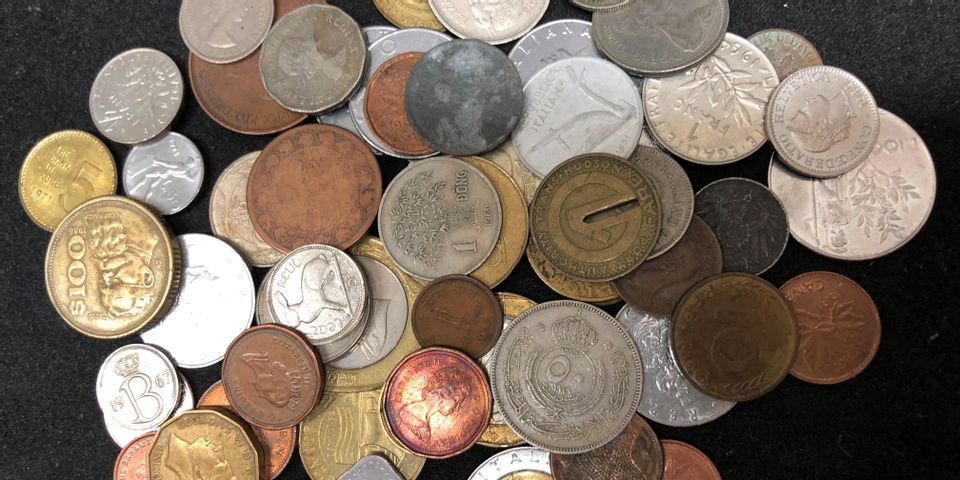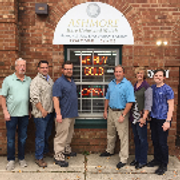
Foreign coins can be a challenging, yet ultimately rewarding subject to study. Being able to tell where a coin is from and estimate a value is difficult and can be rather counterintuitive. For example, coins from the late 1700’s or early 1800’s from the USA are likely to be quite valuable if in presentable condition, but something from the exact same time from Great Britain may be worth very little at all.
In most cases, rarity and value of general coinage from around the world is based on a few factors; condition (the most important), pure age (how old it is), and age relative to the country of origin (how long after the country began minting coins). There are outliers that are rare for other reasons, most often low mintage or from the government melting the stock of that coin. Coins from any time period can be rare, but the newer the coin, the less likely that is. However, in the case of foreign coins especially, old does not always mean valuable.
Many coins from the 1700’s and 1800’s are worth very little despite their age. Although a coin from Britain from the 1700’s is ~300 years old, because Britain has been making coins for well over 1000 years, 1700’s coins are still relatively new. Compare that to Australia, which gained its independence in 1901, and began minting coins soon after, those early 1900s coins are the rarest, and have particularly condition-based value, as very few survived in uncirculated condition.
While it is nigh impossible to learn everything there is to know about foreign coins, as thousands, if not millions of different coin designs have existed through the world’s history, being able to identify and evaluate world coinage is a worthwhile venture, and a very respectable ability.
If you have trouble identifying your world coins or would like to learn more about them, please visit us at Ashmore Rare Coins and Metals in Greensboro, NC.
About the Business
Have a question? Ask the experts!
Send your question

